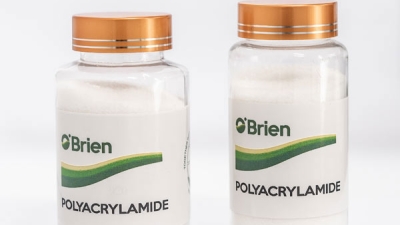The Ultimate Checklist for Selecting the Right Mixed Polyacrylamide for Your Business Needs
Table of Contents
- Identifying Common Issues in Mixed Polyacrylamide Selection
- Understanding Different Types of Mixed Polyacrylamides and Their Applications
- Evaluating the Quality of Mixed Polyacrylamides: Key Factors to Consider
- Assessing Compatibility with Existing Processes and Materials
- Addressing Environmental and Safety Concerns When Choosing Polyacrylamide
- Cost Analysis: Balancing Quality and Budget in Polyacrylamide Procurement
- Exploring the Benefits and Applications of Cationic Polyacrylamide in Modern Industries
- FAQS
- Conclusion
- Related Posts
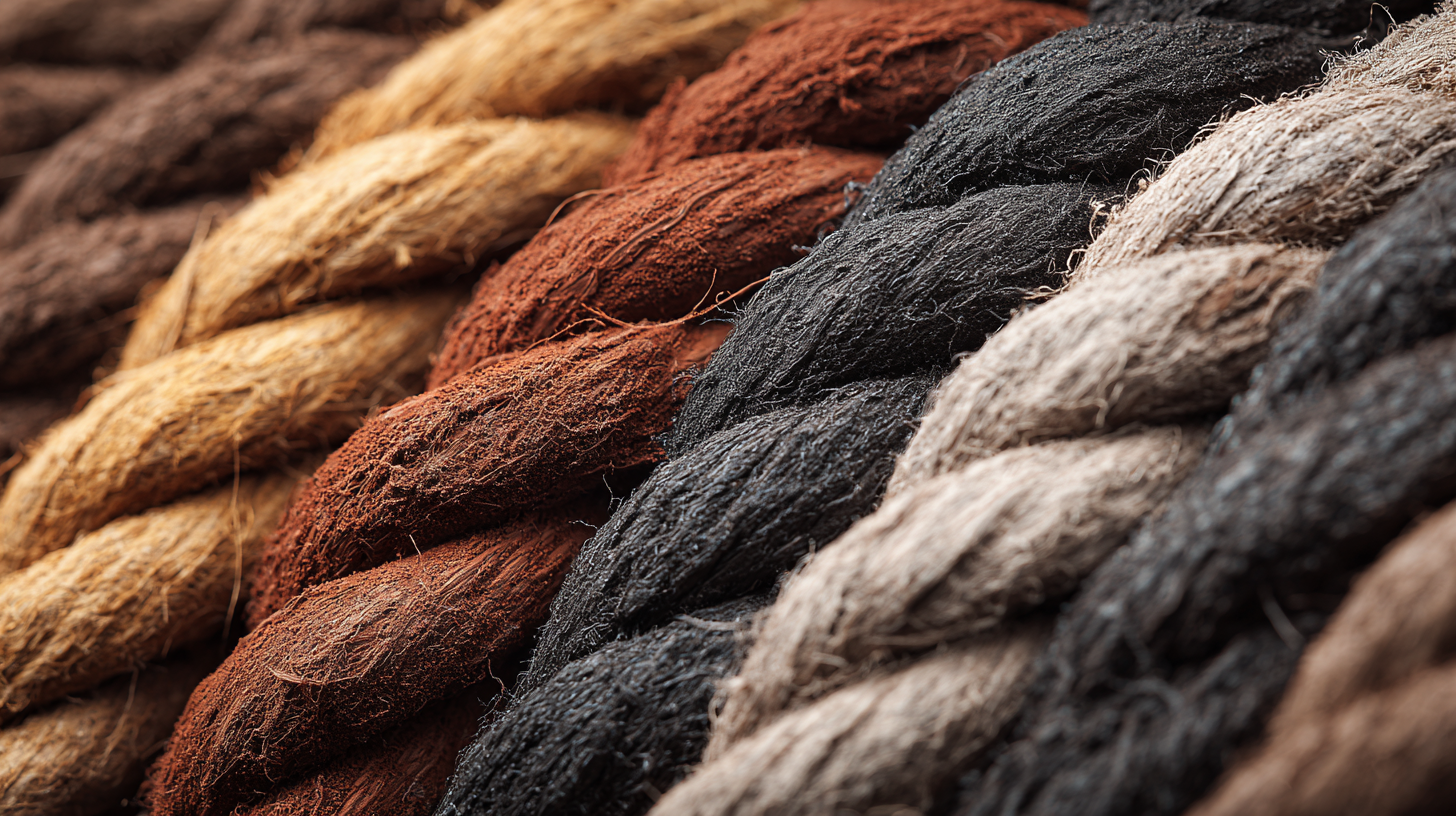 In today’s ever-changing world of chemical solutions, picking the right Mixed Polyacrylamide can really make a difference for businesses looking to boost efficiency and performance across different applications. We've been around since 2011, and at QINGDAO OUBO CHEMICAL CO., LTD, we pride ourselves on offering top-quality cationic, anionic, and nonionic polyacrylamides to meet a wide range of industrial needs. We don’t just sell products — we also provide the expertise to help you sort through all the options and find what works best for you.
In today’s ever-changing world of chemical solutions, picking the right Mixed Polyacrylamide can really make a difference for businesses looking to boost efficiency and performance across different applications. We've been around since 2011, and at QINGDAO OUBO CHEMICAL CO., LTD, we pride ourselves on offering top-quality cationic, anionic, and nonionic polyacrylamides to meet a wide range of industrial needs. We don’t just sell products — we also provide the expertise to help you sort through all the options and find what works best for you.
This handy checklist will walk you through the main things to consider when choosing your Mixed Polyacrylamide, giving you the confidence to make smart, tailored decisions that match your specific needs and goals. So, give Mixed Polyacrylamide a look — and see how QINGDAO OUBO CHEMICAL can be your go-to partner in getting those top results you're after.
Identifying Common Issues in Mixed Polyacrylamide Selection
When you're trying to pick the right mixed polyacrylamide for wastewater treatment, it’s really important to be aware of some common issues that can pop up during the decision process. China, for example, faces a pretty serious water resource challenge—there’s a yearly shortfall of over 50 billion cubic meters—so managing wastewater effectively is more crucial than ever. Mix that with the fact that polyacrylamide plays a key role in improving flocculation and sedimentation, and you see just how vital choosing the right type can be.
One thing folks often overlook is whether the polymer actually matches the water quality you’re working with. It’s worth checking out the ionic properties of the polyacrylamide to see if it suits your wastewater’s characteristics. And, of course, using too much or too little can really mess things up—either making treatment ineffective or just wasting resources. Industry reports show that the performance of polyacrylamide can vary a lot depending on its molecular weight and charge density, so it’s really all about matching those specifics to what you need.
Pro tip: Before settling on a polymer, it’s a good idea to do a thorough analysis of your wastewater to understand what you’re dealing with. Running small-scale tests with a few different formulations can give you a much better idea of what works best. Also, don’t hesitate to chat with experts—like those from Qingdao Oubo Chemical Co., Ltd.—who specialize in various polyacrylamide types. They can help make sure you meet your operational goals and stay within environmental regulations without breaking a sweat.

Understanding Different Types of Mixed Polyacrylamides and Their Applications
When you're trying to pick the right mixed polyacrylamide for your business, it’s pretty important to understand the different types and what they’re good for. These products come with a bunch of different properties, and they can be customized for things like flocculation, sedimentation, or controlling viscosity. The main types you’ll hear about are anionic, cationic, and non-ionic polyacrylamides—each one tends to be better suited for certain industries like wastewater treatment, oil recovery, or even paper manufacturing. Knowing which one to choose can really help you run things more efficiently and save some money at the same time.
A quick tip: Before you commit, think about what exactly you want the product to do and what your end goals are. For example, if you're dealing with wastewater, anionic polyacrylamide might be the way to go since it binds well to negatively charged particles.
Oh, and don’t forget about the molecular weight! That’s an important factor that can totally change how these products perform. Higher molecular weight versions usually have better viscoelastic properties, which come in handy for a lot of industrial processes. On the flip side, if you need quick reaction times, lower molecular weight options might be better.
Another tip — try out a small batch first! Play around with different molecular weights to see which one actually works best for what you’re trying to do. Doing a bit of hands-on testing can really give you some good insights before you settle on a final choice.
Evaluating the Quality of Mixed Polyacrylamides: Key Factors to Consider
When you're trying to pick the right mixed polyacrylamide for your business, it's super important to consider a few key things that really impact quality and performance. At Qingdao Oubo Chemical Co., Ltd., we offer a variety of polyacrylamides—cationic, anionic, and nonionic—to suit different industrial needs. Getting to know the properties of each type can make a big difference in how effective your product turns out to be.
Here's a little advice: first off, always check out the molecular weight of the polyacrylamide. Higher molecular weight usually means better flocculation, which is great if you're after water clarification or similar stuff. But, keep in mind, you’ll want to match that molecular weight to your specific goals—so you get the performance you need without overspending.
Next, take a look at the ionic makeup. Cationic polyacrylamides are perfect for positively charged materials, while anionic ones work better in negatively charged settings. Knowing the ionic properties can help you pick the right product to really maximize your operation.
In the end, choosing the right polyacrylamide isn't just about what each type can do; it’s also about how well they fit with your particular industrial process. It pays off to do some research and have an open chat with suppliers like Qingdao Oubo Chemical Co., Ltd. — they can help guide you toward the best choice for your business.
So, take your time to explore, ask questions, and remember: the right product can really make a difference!
Assessing Compatibility with Existing Processes and Materials
Picking the right mixed polyacrylamide for your business isn't just about choosing any product; it really pays to check if it plays well with what you're already using. I came across a report by the American Chemical Society that said roughly 30% of industrial failures happen because of compatibility slip-ups—that's a big chunk! So, getting a good grip on the chemical and physical traits of polyacrylamide can make all the difference in smooth sailing with your processes. Things like molecular weight and ionic charge? They're more important than you might think—they can seriously affect how effective your product will be.
Oh, and don’t forget to factor in your operating conditions—like temperature, pH, and whether other chemicals are involved. A study from the Journal of Applied Polymer Science points out that polyacrylamide’s performance can change a lot depending on these factors, affecting how well it flocculates or absorbs. Knowing these details means you can pick a product that doesn’t just meet your needs but actually helps boost your overall efficiency.
Addressing Environmental and Safety Concerns When Choosing Polyacrylamide
When you're trying to pick the right mixed polyacrylamide for your business, it’s really important to think about environmental and safety stuff. I've been working with Qingdao Oubo Chemical Co., Ltd. since 2011, and they’re pretty solid when it comes to high-quality cationic, anionic, and nonionic polyacrylamide. But honestly, understanding how these chemicals impact the environment is key too — going for products that have been thoroughly tested for things like biodegradability and toxicity is a smart move to help protect ecosystems.
When you're making your choice, here are a couple of tips that might help. First off, always check out the technical data sheets — they’ll tell you how the chemical behaves environmentally. Also, keep an eye out for certifications or eco-friendly labels that show the product meets environmental standards. And don’t forget to consider safety — make sure you have the right protective gear during handling and application to minimize any risks.
It’s also a good idea to connect with suppliers like Qingdao Oubo Chemical Co., Ltd. — they tend to be pretty transparent about what’s in their products and can offer advice to make sure you’re staying compliant with environmental rules. Being proactive like this makes a difference — it’s not just about safety but also about keeping your business aligned with sustainable practices in the industry. End of the day, it’s all about making smart choices and staying informed.
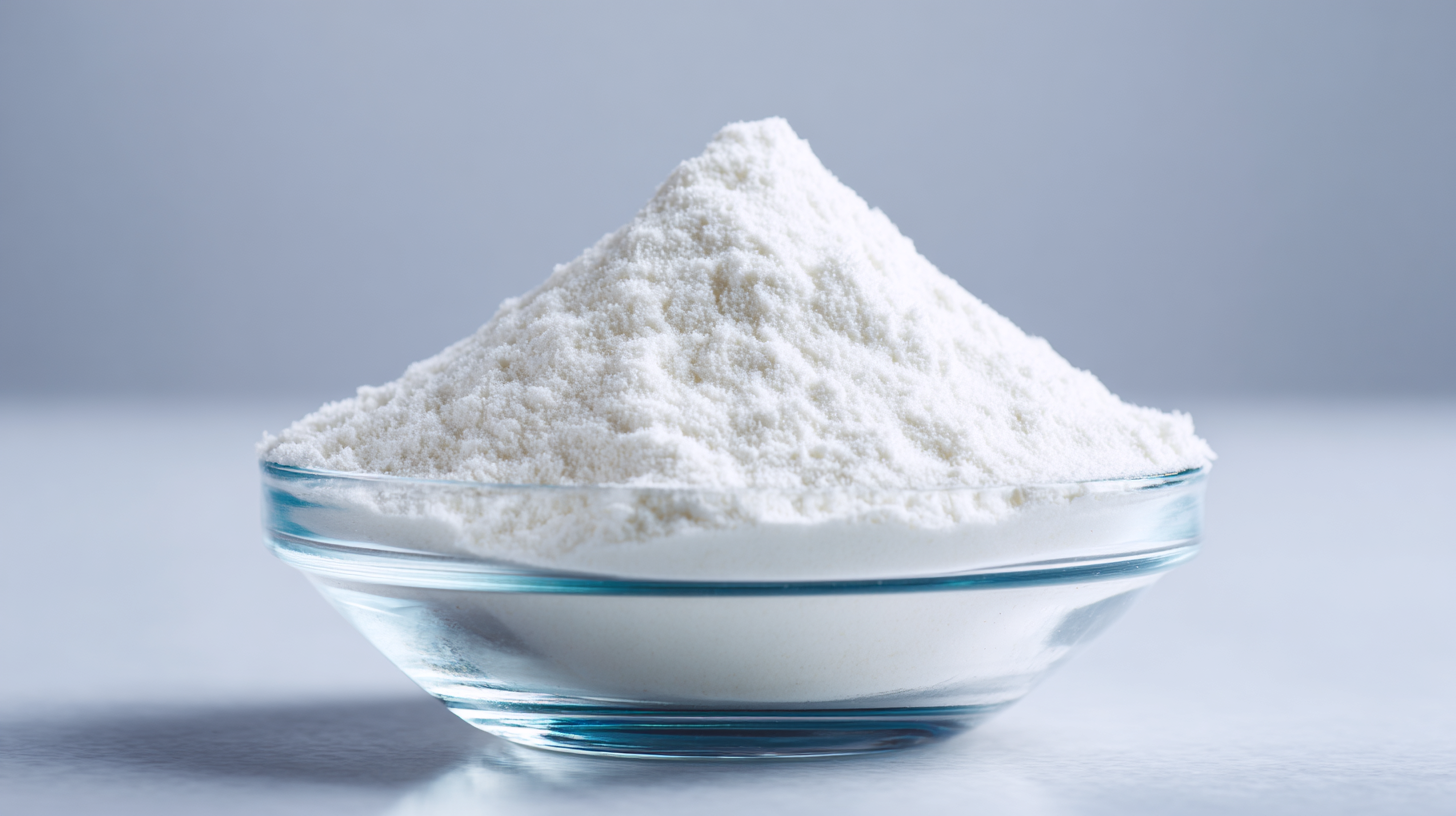
Cost Analysis: Balancing Quality and Budget in Polyacrylamide Procurement
When it comes to getting mixed polyacrylamides, a lot of businesses find themselves caught between wanting good quality and sticking to their budgets. I read a recent industry report from Transparency Market Research, and it says the global market for polyacrylamide is expected to hit around $10 billion by 2024 — that’s a pretty solid growth rate of over 5.5% per year. As demand climbs, it’s super important to understand what drives the cost of different grades of polyacrylamide, especially if you want to stay competitive.
Now, pricier, higher-quality polyacrylamides usually cost more upfront, but they tend to deliver better results—think water treatment and soil stabilization. The same report also mentions that the cost per ton for these top-tier grades can be up to 30% higher than the standard ones. However, in the long run, they might actually save you money — since they’re more efficient and can cut down on the need for extra chemicals. So, it really pays to weigh the pros and cons carefully when choosing a supplier, making sure you strike the right balance between quality and cost based on what your specific operations need.
The Ultimate Checklist for Selecting the Right Mixed Polyacrylamide for Your Business Needs
| Criteria | Description | Cost per Ton (USD) | Quality Rating (1-10) | Supplier Reliability (%) |
|---|---|---|---|---|
| Purity Level | Percentage of active ingredient | 1200 | 9 | 95 |
| Viscosity | Measure of flow resistance | 1100 | 8 | 90 |
| Gel Strength | Ability to form a firm gel | 1300 | 10 | 92 |
| Delivery Time | Time taken to deliver products | 1000 | 7 | 85 |
| Technical Support | Availability of customer support | 950 | 8 | 88 |
Exploring the Benefits and Applications of Cationic Polyacrylamide in Modern Industries
Cationic Polyacrylamide (CPAM) has emerged as a vital agent in various modern industries due to its exceptional properties and versatile applications. This white granule, characterized by its linear high molecular structure, boasts a high solubility in water, which makes it an ideal fit for many industrial processes. The presence of positively charged active groups on its molecular chains significantly enhances its performance in applications such as wastewater treatment, paper manufacturing, and mineral processing. According to a report by Grand View Research, the global cationic polyacrylamide market is projected to reach USD 1.5 billion by 2025, reflecting a growing recognition of its utility and efficacy.
In wastewater treatment, CPAM plays a crucial role in the flocculation process, effectively aggregating suspended particles for easier removal. Its non-toxic and odorless nature ensures safety in various environmental applications, aligning with growing sustainability goals across industries. Additionally, research from the Journal of Hazardous Materials indicates that the application of cationic polyacrylamide improves solid-liquid separation in sludge processing by up to 30%, highlighting its efficiency in reducing operational costs and enhancing environmental compliance.
Beyond wastewater treatment, cationic polyacrylamide finds extensive use in paper manufacturing as a retention and drainage aid, which improves product quality and reduces waste. According to a report by MarketsandMarkets, the paper industry is among the largest consumers of CPAM, contributing significantly to the overall demand. As industries continue to seek more effective and environmentally friendly solutions, the potential applications of cationic polyacrylamide are set to expand, reaffirming its importance in modern industrial practices.
FAQS
: The main types of mixed polyacrylamides are anionic, cationic, and non-ionic, each suited for different industrial applications such as wastewater treatment, oil recovery, and paper manufacturing.
Higher molecular weight mixed polyacrylamides typically offer better viscoelastic properties and enhanced flocculation efficiency, while lower molecular weight products may be preferable for applications requiring quicker reaction times.
Conducting a small scale trial allows you to assess which formulation provides the best results for your specific application requirements, helping refine your selection process.
For wastewater treatment, consider using anionic polyacrylamide, as it is effective in binding to negatively charged particles, enhancing flocculation and sedimentation.
The ionic content affects how mixed polyacrylamides interact with materials; cationic polyacrylamides are best for positively charged materials, while anionic types are recommended for negatively charged environments.
Key factors include molecular weight, ionic content, and the specific requirements of the intended application, which collectively influence the efficiency of the product.
By matching the molecular weight and ionic type of polyacrylamide to your specific industrial needs and conducting trials, you can enhance performance while managing costs effectively.
Qingdao Oubo Chemical Co., Ltd. provides guidance and a range of polyacrylamide options tailored to various industrial applications, assisting businesses in making informed decisions based on their specific needs.
Conclusion
When you're trying to pick the right mixed polyacrylamide for your business, there's a lot to consider to get the best results. It’s a good idea to start by identifying common issues that can pop up with different types of mixed polyacrylamide—these can really affect how well it works. Getting familiar with the various types out there and what they're best for really helps in choosing what's most suitable for your specific operations. Don’t forget to evaluate quality too—things like viscosity and purity matter a lot. Plus, making sure it plays nicely with your existing processes and materials can save you a ton of headaches down the road.
In today’s world, environmental and safety concerns are super important. So, it’s smart to pick something that aligns with eco-friendly practices and complies with regulations. Lastly, doing a thorough cost analysis will help you find that sweet spot between quality and budget, so you’re making an informed decision when it comes to purchasing. If you’re looking for reliable options, Qingdao Oubo Chemical Co., Ltd. has a wide range of cationic, anionic, and nonionic polyacrylamides designed to meet various industrial needs. They’ve got you covered!
Related Posts
-

How to Maximize After Sales Support and Minimize Maintenance Costs for Best Apam Anionic Polyacrylamide
-
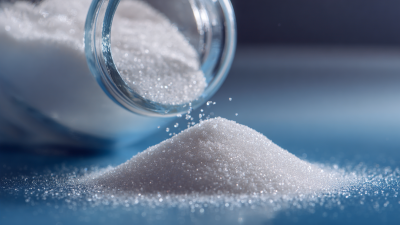
Essential Criteria for Selecting Quality Manufacturers of Best Water Treatment Polyacrylamide
-
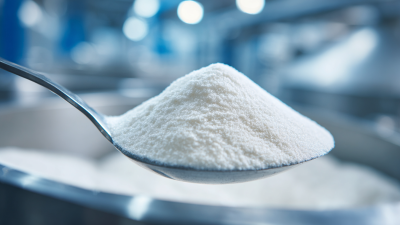
Comparative Analysis of Nonionic Polyacrylamide Versus Other Polymer Options in Industry Applications
-
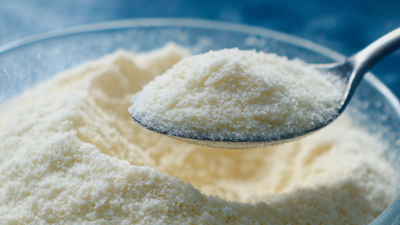
Unlocking the Advantages of Polyacrylamide Complex: A Game Changer for Industry Efficiency
-

Market Trends and Forecast for Best Polyacrylamide Emulsion by 2025
-

How to Optimize Your Processes with Best Anionic Polyacrylamide Tech Grade for Maximum Efficiency
Blog Tags:

Liam
-

Phone
-

E-mail
-

Whatsapp
-

WeChat
Jessy Lin
Paul Zhou:8613356391894 Eric Wong:8615963245439Emily Wu:8617866856171
-

WeChat
Paul Zhou

-

WeChat
Eric Wong

-

WeChat
Emily Wu


